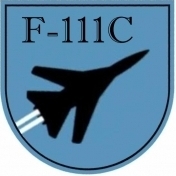
Sign in to follow this
Followers
0

Help with Scrolling a loop based Flt Plan listing
By
COBS, in FSX/FSX-SE Aircraft and Panel Design Forum - How To


By
COBS, in FSX/FSX-SE Aircraft and Panel Design Forum - How To